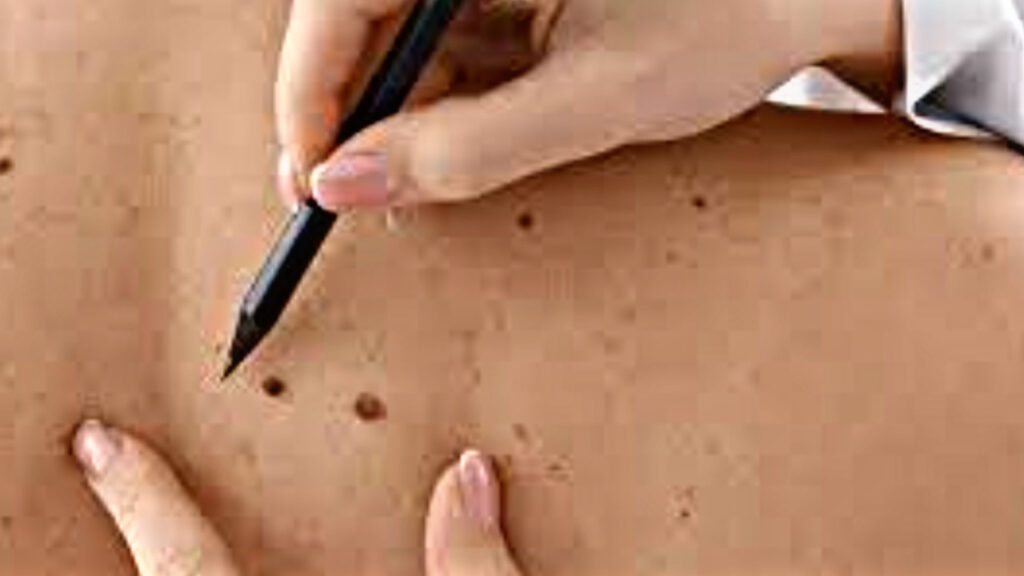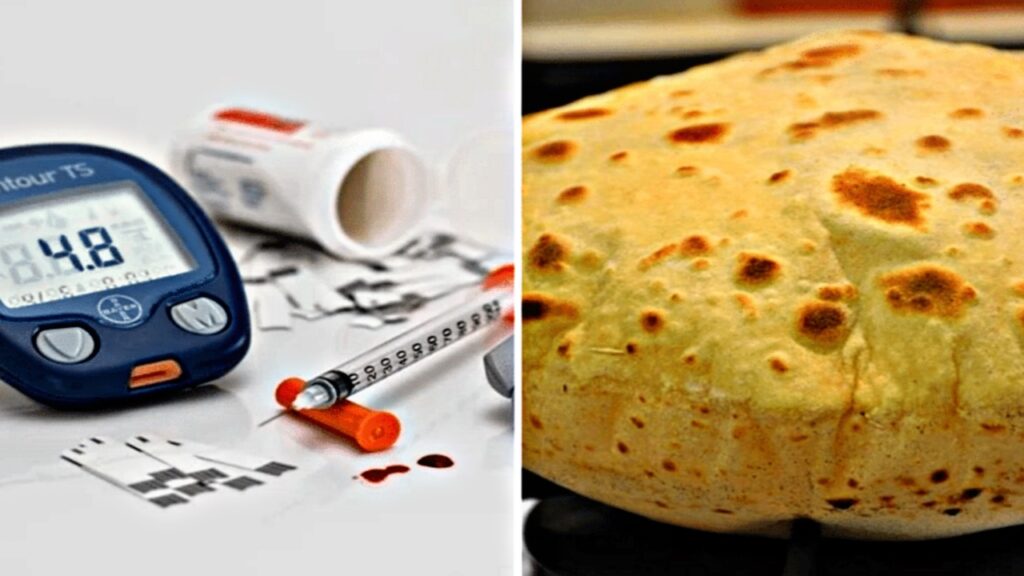Skin Cancer
Skin cancer is one of the most common types of cancer, but it often goes undetected in its early stages. Many of its signs are subtle and easily overlooked, which is why awareness and regular check-ups are essential. Knowing the early warning signs can make all the difference in catching skin cancer early, when it is most treatable. Below are five very early signs of skin cancer that people tend to ignore, but should never be dismissed.
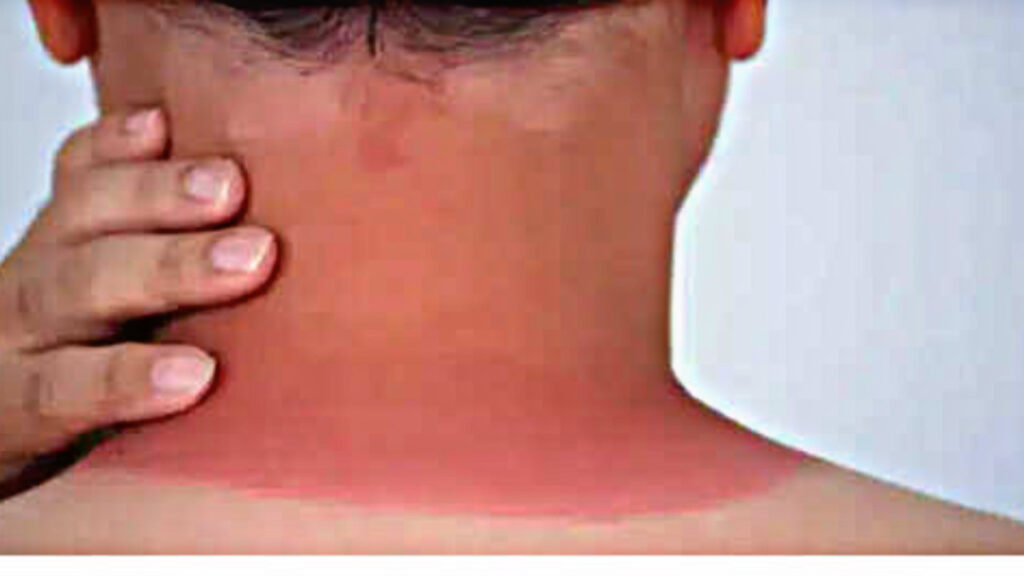
1. Changes in Existing Moles or Birthmarks
One of the most common early indicators of skin cancer is a noticeable change in a mole or birthmark. If you’ve had a mole for a while, but notice that it becomes larger, darker, or asymmetrical, it could be a sign of melanoma, the deadliest form of skin cancer. The edges of the mole may also become irregular, or it may bleed or itch. It’s essential to check for any changes in the size, shape, or color of moles, and seek medical attention if you notice any unusual transformation.
2. Itchy or Painful Skin Lesions
Itchiness around a mole or patch of skin that doesn’t seem to go away could be an early sign of skin cancer. Skin cancer lesions may also cause pain, discomfort, or tenderness. While many skin conditions can cause itching, persistent or unexplained itching in a specific area should never be ignored, especially if it’s associated with a visible change in the skin. Skin cancer, particularly melanoma, can cause a mole or patch to become sensitive to the touch.
3. Red or Inflamed Skin
Inflammation or redness around a mole or in a seemingly normal area of skin can be an early warning sign of skin cancer. While some redness may be caused by sunburn or irritation, persistent redness around an existing mole or birthmark is cause for concern. Additionally, if the area becomes swollen or painful, it could indicate a developing skin cancer lesion. Early skin cancers, such as basal cell carcinoma, may present as red patches or sores that don’t heal over time.
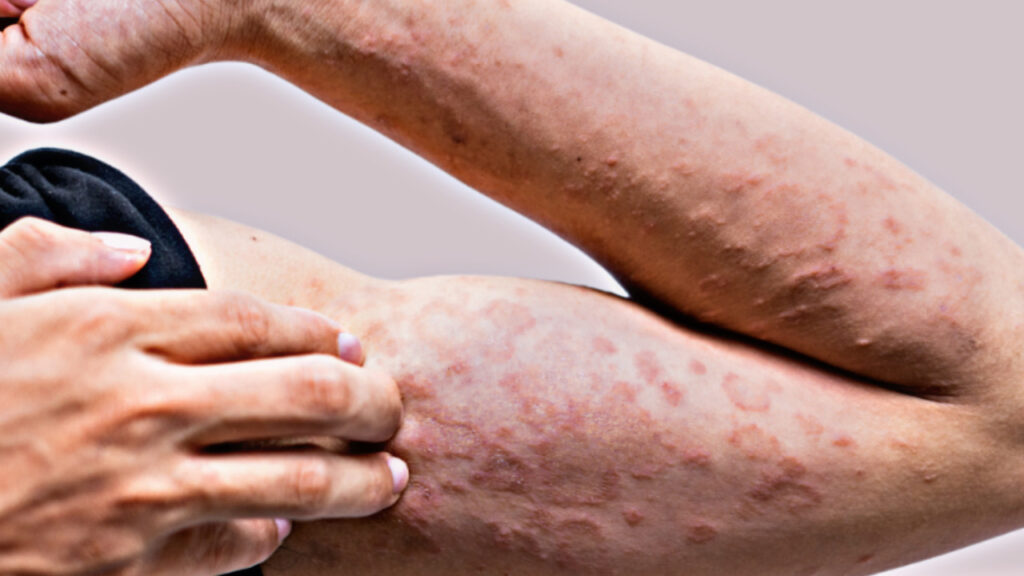
4. Changes in Skin Texture
Texture changes in your skin, such as rough patches, scaling, or crusting, can signal an early stage of skin cancer. Basal cell carcinoma, for instance, may appear as a scaly, raised area of skin that is prone to bleeding or oozing. If the texture of the skin around a mole or an area of the skin changes dramatically and doesn’t improve, it could be a sign of cancer. While dry, flaky skin is often harmless, persistent changes should be examined by a healthcare professional.
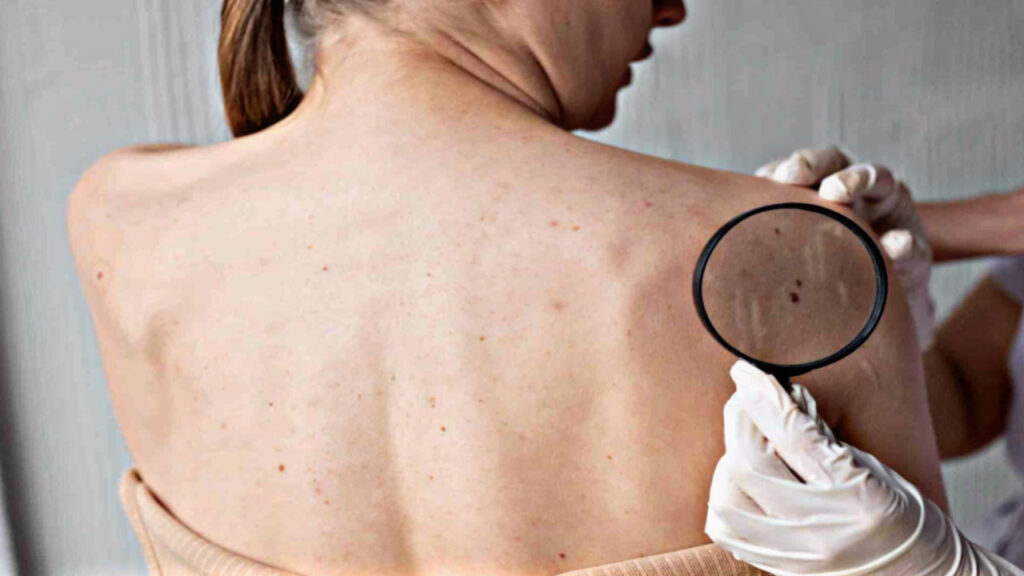
5. Bleeding or Oozing Sores
One of the most alarming signs of skin cancer is when a mole or skin lesion begins to bleed or ooze. While it’s common for skin to get irritated or inflamed occasionally, any unusual bleeding or discharge from a mole or lesion should be taken seriously. Skin cancers like melanoma or basal cell carcinoma can cause lesions to rupture, bleed, or form open sores that won’t heal. If a sore doesn’t heal after a few weeks or if it starts to bleed, it’s crucial to consult a dermatologist for an evaluation.
The early signs of skin cancer are often subtle, and many of them can be easily ignored or mistaken for common skin conditions. However, early detection is key to effective treatment. If you notice any changes in your skin or existing moles, don’t hesitate to seek medical advice. Regular self-checks, along with professional dermatological exams, can help catch skin cancer early and improve treatment outcomes. Remember, skin cancer is highly treatable when caught in its initial stages, so stay vigilant and proactive about your skin health.

